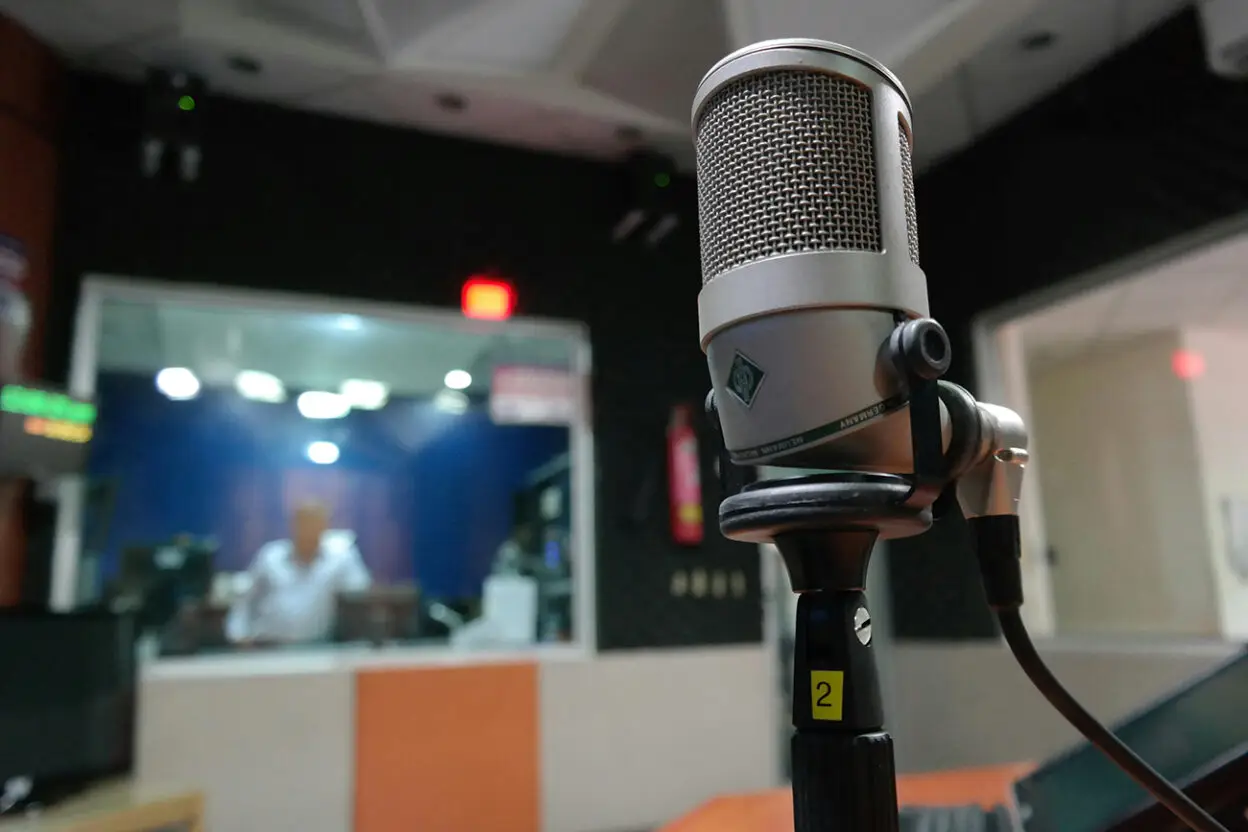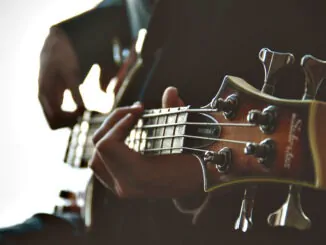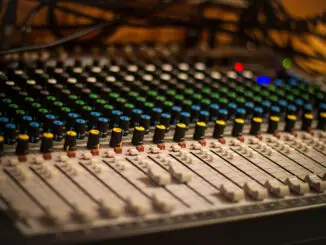The music industry is always evolving, with some trends emerging that last longer than others and others fading over time. This industry is in an interesting place this year and will likely be shaped by specific trends that we will discuss below.
Indie Artists and the Increasing Use of Social Media Marketing
One of the music trends that has emerged in the last few years is more artists choosing the indie path. This entails not being signed by a recording label but doing everything themselves. A related trend is using social media marketing to reach a diverse range of listeners and new fans. Whether that is creating original content, posting music online, or capturing the attention of audiences using artwork that leverages a 3D text generator, we are now seeing a lot more content coming from these artists.
The success of artists who have followed this trend is inspiring others to follow the same path, and we can expect even more artists to start doing the same. This is especially true when you consider the virality and reach they can garner from leveraging platforms like TikTok. You only have to consider how many songs have gone viral on the platform over the past year or so to see why so many artists are seeing this as a viable career path and route to success.
AI Integration in Music Creation
There is no escaping it: artificial intelligence is here, and it seems like it is here to stay. The capabilities that it provides its users in different areas mean that it will continue to be a crucial creation tool in many areas, including the music industry.
Artificial intelligence has emerged and cemented itself as a collaborative tool and creative catalyst. Many artists now say AI tools are a crucial part of their creation process, even though some do not credit it.
Producers are also leveraging AI in their creative processes. Numerous affordable AI-assisted composition tools are helping producers streamline their creative processes while ensuring artists preserve their artistic authenticity.
Used in these ways, artificial intelligence is not a replacement for real talent and the work that goes into releasing great music but a crucial helper for making this process simpler and richer for its users.
Artists are also using AI for real-time collaboration. Imagine you are a guitarist recording a session remotely. You can use AI to provide the bass accompaniments or dynamic drums that respond to what you are playing for a richer experience.
AI is also enabling seamless remote collaboration. When doing this, it enables musicians in different locations to record or perform together while the AI handles any latency issues to keep everyone synchronized.
An Emphasis on More Immersive Music Experiences
Spatial audio has been around for some time, but its popularity has exploded in the last few years. We can attribute this to better audio equipment that makes it easier and cheaper for most people to enjoy this type of audio.
The combination of spatial audio and virtual environments is changing how audiences consume and enjoy music, and we can expect this trend to continue in the coming years.
An area that is seeing a lot of interest right now is binaural recordings. The techniques used in these types of productions lead to more realistic 3D soundscapes that can transport the listener to a live stage as long as they have the equipment to play such audio.
We are also seeing an increasing integration of haptic feedback in music playback systems. While there is already a lot of feedback in most systems due to the bass in modern music, these hepatic systems provide much better feedback and an enhanced experience for specific audiences, such as those with hearing difficulties.
Genre Blurring and Hybrids
A trend that has emerged from artists looking for new sounds is the blurring of music genres. This entails including elements of different genres into a single track. This has led to the dissolution of traditional genre boundaries and new hybrid forms.
The trend of blending genres will continue to gain momentum in 2025 according to what we have already seen. With artists already increasingly experimenting with cross-genre collaborations, they can expect innovative sounds that do not fit into traditional categorization.
An unexpected result of such hybridization is the emergence of micro-genres. These new genres have little following but are likely to see it increase in the next year as more people look for different or new sounds and types of music to enjoy.
While this can be said for any year, 2025 feels like the year when the music landscape will see many changes. These will be influenced by technological innovations, cultural trends, and a shift away from traditional music genres. Artists and producers who embrace these changes will likely find new opportunities for creativity and connection with their audiences as the industry evolves.





Be the first to comment